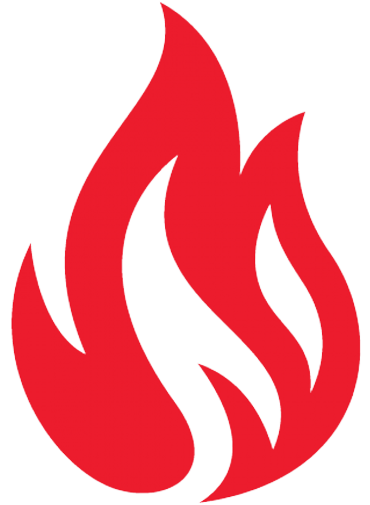How do you do the Heimlich on animals?
How to perform the Heimlich maneuver: If your large dog is standing, place your arms around its belly and make a fist with your hands. Push up and forward just behind the rib cage. If the dog is lying down, place one hand on its back and use the other hand to squeeze the abdomen upward.
How do you give a choking dog CPR?
For larger dogs, you would lay them on their side, and kneel behind their back. Place your closed fist under the hollow under the rib cage and push upward and inward sharply in the direction of the dog’s head. This should force air out of the lungs to help expel the invader.
What are the steps of veterinary CPR?
Cover your pet’s nose with your mouth and exhale until you see the pet’s chest rise. Give a second rescue breath. Continue giving CPR with a cycle of 30 chest compressions and 2 rescue breaths until your dog or cat begins breathing again on its own. Briefly check for breathing and a heartbeat every 2 minutes.
What side do you lay an animal on when performing CPR?
Lay the dog on their right side, push the front elbow back to the chest. The spot where the elbow touches the chest is called the intercostal space and marks where the heart is located. If you don’t see any movement in this area, place your hand over the same location and feel for a heartbeat.
How do you help a dog with something stuck in their throat?
When your dog is choking you should:
- restrain your dog — choking dogs will struggle and potentially bite in their panic.
- carefully use a pair of scissors to cut any object wrapped around the neck.
- open the mouth and look inside.
- use a large pair of tweezers to retrieve or break any objects you can see.
How many breaths per minute is animal CPR?
Each compression should be to 1/3 of the depth of the chest at a rate of 80-100 times per minute or 1.5 times every second. to perform artificial respiration at the same time. The priority is to continue chest compressions. stop with the cardiac compressions and check to see if your pet is breathing.
How do you open a dog’s airway?
If your pet is unconscious/unresponsive and breathing, the best position to help them maintain an open airway is to put them into the recovery position on their right hand side. Extend their head back slightly to keep the tongue forward off the back of their throat and their airway clear.
What are the 7 steps of the Heimlich?
Terms in this set (7)
- call for RN STAT, remain with resident, ask if he is choking.
- if resident can cough, continue to observe.
- if unable to cough or speak, stand behind resident.
- wrap arms around waist.
- make a fist with one hand, placing thumb side of fist against abdomen.
What are the 4 steps of the Heimlich maneuver?
To perform abdominal thrusts (Heimlich maneuver) on yourself: First, if you’re alone and choking, call 911 or your local emergency number immediately….
- Give 5 back blows.
- Give 5 abdominal thrusts.
- Alternate between 5 blows and 5 thrusts until the blockage is dislodged.
How effective is dog CPR?
A UC Davis College of Veterinary Medicine study from 20125 showed only a 5% rate of discharge from the hospital after CPR (6% for dogs and 3% for cats). (For the sake of discussion, I am going to omit cardiac arrests under anesthesia here – that’s far more survivable.)
How do you open a dog’s mouth?
To open your dog’s mouth, put your hand around his muzzle with your thumb and forefinger behind the canine teeth (curved “fangs”) of the upper jaw; lift the upper jaw with your thumb and forefinger, making sure the other fingers are not in his mouth or between his upper and lower teeth.
How do I get my dog unstuck fast?
There’s no way to physically get your dog unstuck after mating without hurting both the male and the female. The best and only thing that you can do is stay calm and wait it out. Given time, your dogs will separate themselves and be no worse for wear.
How does a vet resuscitate a dog?
Manual ventilation is also performed (a breathing tube placed in windpipe and oxygen or breaths are given with an Ambu bag or via an oxygen tank) if the patient is not breathing. Young animals that experience cardiac arrest while under anesthesia have the best chance of recovery.
